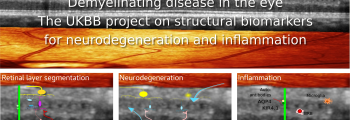Activity within the consortium can be grouped according to the type of data or image that forms the primary focus of the research effort. Groups with shared interests have formed to use different data sources, some of which relate solely to eye and vision data, while others (such as genetics and record linkage) draw on resources with broader application. Four eye examinations were carried out in the latter stages of the UK Biobank baseline examination. These tests have been continued in follow-up examinations. The tests were
1. Visual acuity - the standard chart reading test familiar to everyone through sight tests at an opticians
2. Refraction and keratometry (Tomey RC 5000) - measurement of short or long sightedness, astigmatism, combined with measurement of the curvature of the cornea, the main focusing surface of the eyes optical system.
3. Intraocular pressure (IOP) and corneal biomechanics - Eye pressure is routinely measured in eye tests to assess risk of glaucoma. The device used in UK Biobank to assess IOP (the Reichert ORA) also produced measures of the biomechanics properties for the cornea (hysteresis and corneal resistance factor)
4. Images of the retina and the optic nerve - The device used was a Topcon 3DOCT-1000 Mk 2. This was used to capture a single-field 45° colour digital photograph centred on the macula including the optic nerve in the photographic field, together with 3D OCT images of the macula, 6.0 x 6.0mm, at a resolution of 512 x 128 pixels. OCT stands for optical coherence tomography - a method of imaging widely used in medicine, analogous to ultrasound, but using light instead of sound. The retinal images produced are sufficiently high resolution to distinguish separate cellular layers in the retina (see below).
-
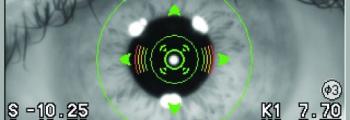
Refractive error is an umbrella term for short sight, long sight and astigmatism and other defects of the optical systems of the eye.
-
There are major gaps in our knowledge about the visual health of adults in the UK.
-
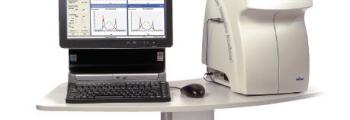
Intraocular pressure (IOP) is one of the main risk factors for the development of glaucoma- a degenerative condition of the optic nerve.
-
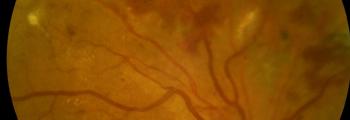
The baseline examination in UK Biobank resulted in the collection of 68,151 paired colour retinal photographs and optical coherence tomography (OCT) scans from people aged 40 and 69.
-
Examination of the eye is an effective way of assessing an individual's health. Diabetes and high blood pressure and a multitude of other disease have signs that show up in an eye examination.
-
Optical coherence tomography (OCT) imaging has transformed many aspects of medicine.
-
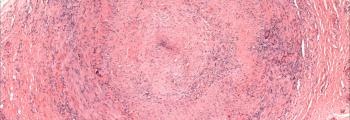
Both giant cell arteritis (GCA) and polymyalgia rheumatica (PMR) are age-associated diseases which appear to have an autoimmune basis.
-
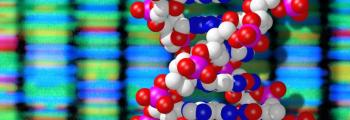
The science of genetics is transforming medicine, and as a consequence, everyday life. Genetic risk factors are rapidly being identified for many diseases of later life.
-

The Eyes and Vision Outcomes Adjudication Project is one of the 9 adjudication projects developing methods for the long term follow up of the UK Biobank (UKB) Cohort, through centrally managed proc
-
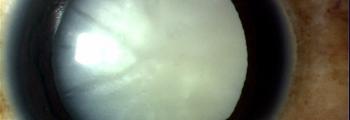
Cataract is the leading cause of blindness in the world.
-
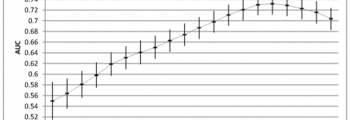
The UKBB has a repository of over 100,000 clinical eye images that hold a wealth of information about the natural history of eye disease.
-
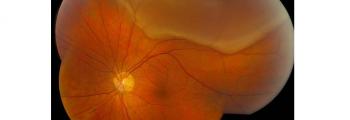
Rhegmatogenous retinal detachment (RRD) is a common sight threatening condition that affects over 7,000 people annually in the U.K.
-

Researchers have already examined the relationship between the retinal nerve fibre layer and neurological diseases such as multiple sclerosis (Sepulcre et al, 2007; Grazioli et al, 2008), Parkinson
-

Over the past two decades there has been substantial progress in linking nutrition to sight threatening diseases such as age-related macular degeneration (AMD), glaucoma and diabetic retinopathy.
-
